Outdoor festivals and events can be a great way to enjoy the season—but for pets, they can quickly become overwhelming, overstimulating, and even dangerous. From heat and noise to dropped food and unpredictable crowds, it’s important to think through every detail before deciding to bring your dog along.
This guide will walk you through how to prepare, what to bring, and how to assess whether your pet is really ready for a crowded public event.
Is Your Pet Ready for a Festival?
Before packing your dog’s leash and water bowl, ask yourself:
- Does my dog enjoy being around strangers, new dogs, and children?
- Can they stay calm in noisy, chaotic environments?
- Are they leash-trained and able to respond to basic cues (sit, stay, come)?
If your dog is anxious, reactive, or used to quiet environments, a festival is not the place to “socialize” them. In fact, exposing them to a loud, busy event without gradual training can set them up to fail—increasing the risk of fear-based reactions, trauma, or even aggression.
Instead, train your way up to large, noisy crowds. Start with short walks in busier areas, then work your way up to small events. For some dogs, crowded environments may never be appropriate—and that’s okay.
Tip: Socialization means positive, controlled exposure—not overwhelm. A festival isn’t a good first-time training ground.
Get the Right Gear
Before stepping into a crowded festival, make sure you’re equipped to keep your pet safe and comfortable.
Essential Festival Gear for Dogs:
- Short, sturdy leash: Avoid retractable leashes. Use a fixed 4-6 ft leash to maintain close control in tight spaces.
- Harness or collar: A well-fitted harness offers better control and reduces pressure on your dog’s neck. A collar may be fine for dogs that don’t pull, but avoid using prong or choke collars in crowded areas.
- Booties: Protect your dog’s paws from hot asphalt, broken glass, or uneven terrain—especially if they’re not used to walking long distances on pavement.
- Water and collapsible bowl: Always bring fresh water and offer it regularly.
- Waste bags: Clean up after your dog promptly.
- Pet-safe ID tags and microchip: Ensure your contact info is up to date.
Contact Caldwell Animal Hospital to discuss the best gear for your dog—or to schedule a microchipping appointment.
Be Prepared for Unpredictable Situations
Crowds bring surprises. Be honest about how your dog might respond to:
- Children rushing up to touch them
- Balloons popping nearby
- Strollers or bikes rolling over a paw
- Loudspeakers, music, or fireworks
These are not minor distractions—many dogs find them terrifying. If your dog is startled and feels they can’t escape, they may try to bolt or bite.
Always monitor your dog’s body language. Signs of stress include:
- Lip licking
- Yawning
- Tail tucked
- Stiff posture
- Ears pinned back
- Avoidance or freezing
If your dog shows any of these, don’t wait. Remove them from the situation before they escalate to:
- Biting due to fear or inability to retreat
- Fleeing and becoming lost
- Developing long-term aversions to noise, strangers, or public places
Watch Out for Dropped Food
Festival grounds are covered in tempting but dangerous snacks. Greasy foods like funnel cakes, fries, turkey legs, or even a single bite of chocolate can wreak havoc on your dog’s GI system.
If your dog is likely to grab food off the ground, consider using a basket muzzle. These allow dogs to pant and drink while preventing scavenging. With proper training, basket muzzles are humane and highly effective tools for safety—not punishment.
Learn how to train your dog to wear a muzzle from The Muzzle Up! Project.
Check In With Your Dog—Often
Your dog’s emotional state can change quickly in a crowded, unfamiliar space. Check in with them regularly.
Signs your dog is doing well:
- Relaxed body posture
- Soft eyes
- Casual sniffing or looking around
- Checking in and engaging with you
Signs your dog is stressed or overstimulated:
- Pacing or panting excessively
- Trying to pull away or hide
- Shaking or yawning when not tired
- Growling, barking, or refusing treats
If your dog is showing stress signs or stops responding to cues, it’s time to go home.
Remember: Your pet’s wellbeing always takes priority over your plans.
Heat, Noise, and Other Festival Hazards
Heat & Pavement Burns
Hot weather and asphalt can lead to serious injuries or heatstroke. Touch the ground—if it’s too hot for your hand, it’s too hot for paws.
To prevent heat injuries:
- Walk during cooler hours (early morning or evening)
- Use booties to protect paws
- Take breaks in shaded areas
- Never leave your pet in the car
Noise Aversion
Even dogs that tolerate neighborhood sounds may react strongly to festival-level noise.
Support your dog with:
- Calming gear like thunder shirts
- Desensitization training before the event
- Leaving them at home if they’re sound-sensitive
Learn about noise aversion in pets
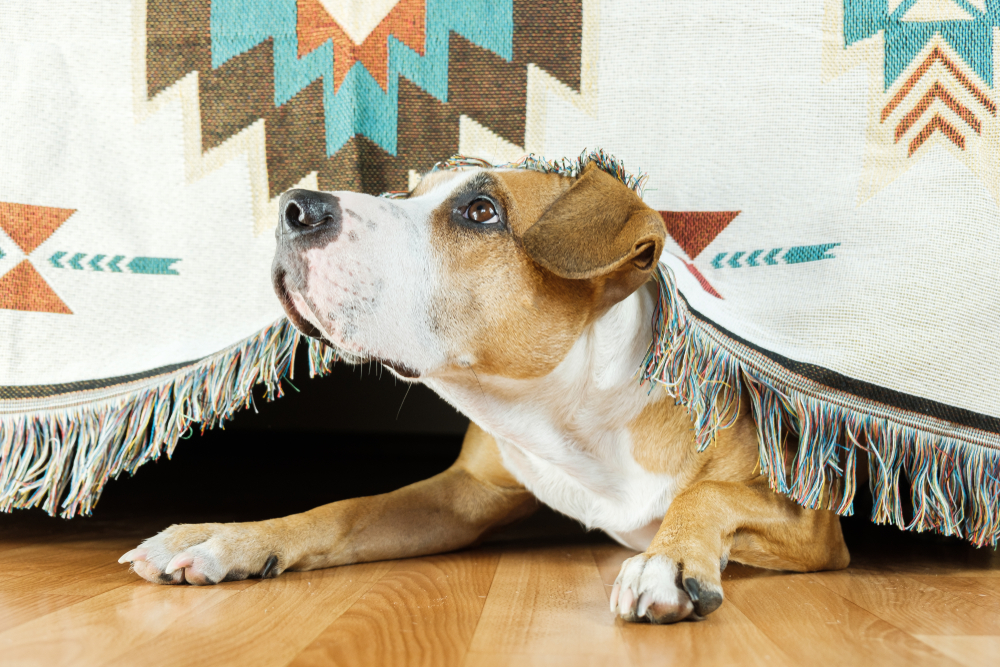
After the Festival: Winding Down and Monitoring
When you get home, give your pet a quiet place to rest and decompress.
Post-Festival Care Checklist:
- Check paws for burns, cuts, or debris
- Look for signs of stress: appetite changes, hiding, clinginess
- Offer water and skip rich treats
- Give your dog time to relax
If your pet shows signs of GI upset, dehydration, or injury after a festival, contact Caldwell Animal Hospital right away.
When to Leave Your Pet at Home
If you’re not sure whether your dog is ready for a festival, it’s okay to skip it. There’s no harm in choosing comfort and safety over exposure. Not every dog enjoys these environments—and that doesn’t make them “bad” or “under-socialized.”
Instead, work on controlled, positive experiences that build confidence gradually. A well-adjusted pet is one that feels safe, secure, and understood—not just exposed to every possible situation.
Taking your dog to a festival can be fun—but only when it’s done safely, with the right preparation, equipment, and mindset. Bring the right gear, avoid risky foods, monitor their behavior closely, and don’t be afraid to leave early—or leave them at home.
If you’re unsure whether your dog is ready for an event, or need help preparing them for new experiences, we’re here to help.
Contact Caldwell Animal Hospital to schedule a behavior consultation, get fitted for a harness or muzzle, or microchip your pet for safety.


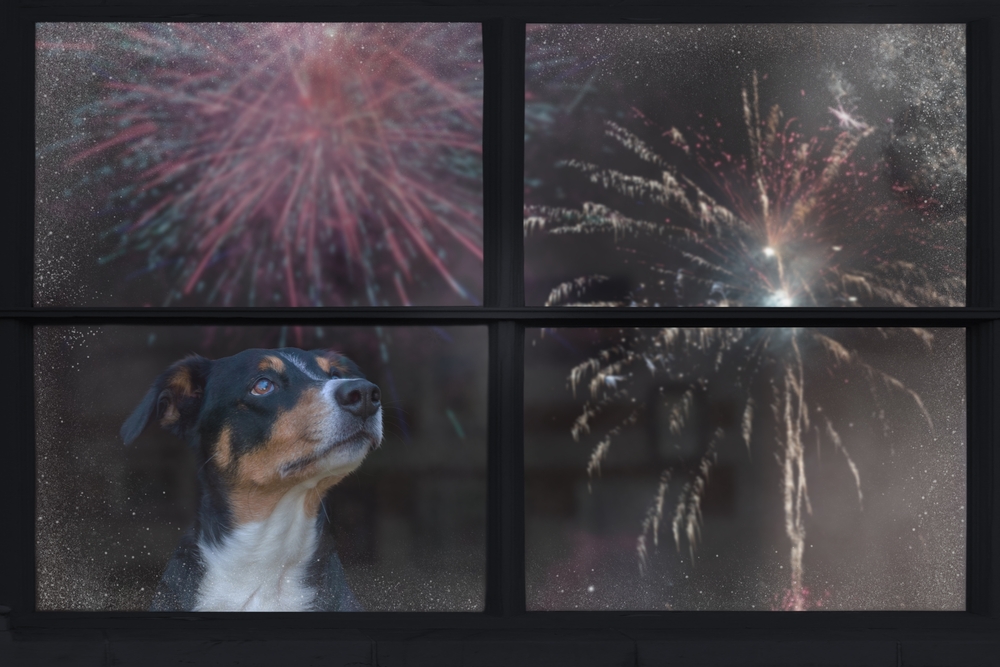
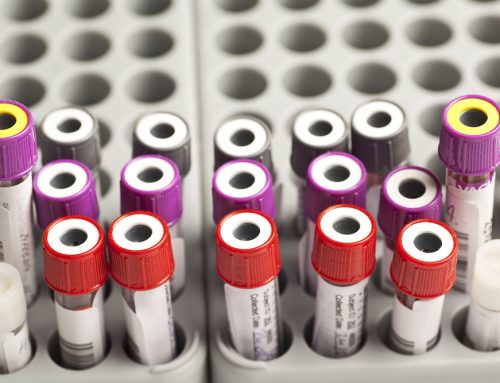
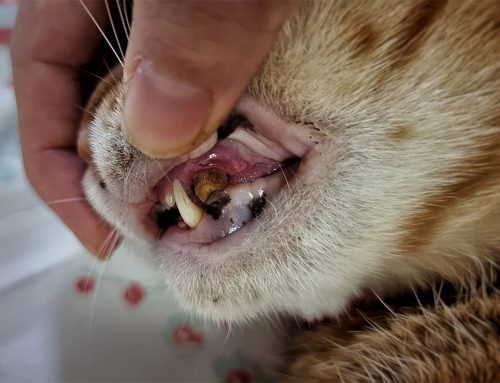
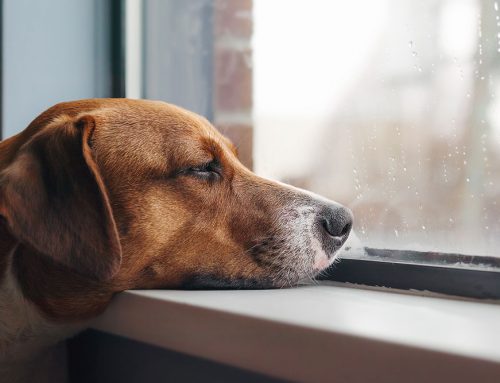

Leave A Comment